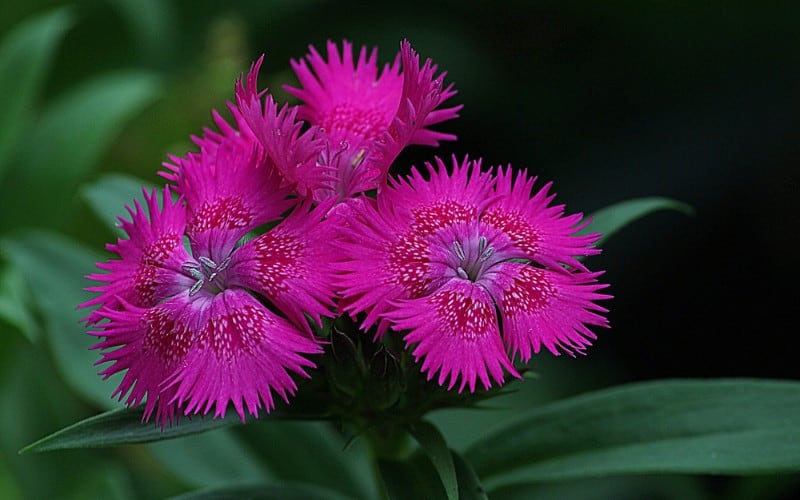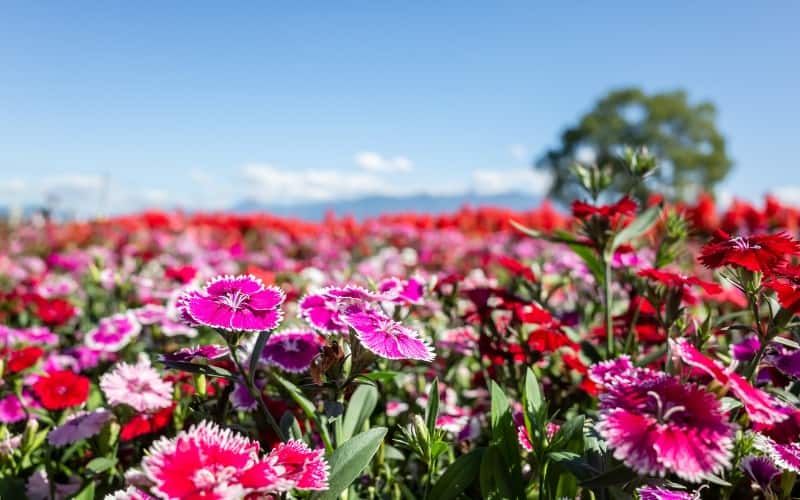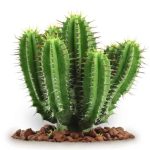The joy of every dog owner is to see their dog healthy. A protective, caring, and concerned dog owner knows that not every plant is safe for their dogs.
Hence, the need to be cautious at all times, especially when their dog approaches an alien plant. So, is dianthus poisonous to dogs? Yes, dianthus plant is toxic to dogs and you'll find out why later in the article.
In this article, you will also get to know everything you need to know about the dianthus plant, dianthus poisoning, its effects on dogs, and first aid treatments.
Table of Contents
Features of The Dianthus Plant
Dianthus caryophyllus is a scientific name for a perennial flowering plant that is found in gardens and bouquets around the world, especially during warm summer. It can be grown as annuals and biennials. Some are short subshrubs with woody basal stems.
It has brightly colored flowers known for its characteristic fragrance. It is commonly called wild carnation, pinks, or sweet William with origin from Eurasia.
Dianthus caryophyllus has straight, narrow foliage of about 4 to 6". Its flowers are five parted, pink-lilac, white, or pink-purple with picotee margins.
The dianthus leaves are simple, opposite, linear, and mostly green or bluish-grey.
You can propagate it by using cuttings from cultured stock and can be grown in full sun or shade, well-drained soil, and adequate air circulation. This helps to prevent the growth of fungal diseases and root rot.
Although this plant can grow in any soil type, it is better grown in neutral or slightly alkaline soil. It can also withstand some acidic soil.
Is Dianthus Poisonous to Dogs?
YES! Dianthus is poisonous to dogs when they ingest them. The irritant or toxic variants is still unknown. They cause gastrointestinal upsets, and the symptoms are mild. Hence, the stages of recovery are usually smooth.
Symptoms of Dianthus Poisoning on Dogs
The following are signs of dianthus poisoning:
- Skin itching
- Diarrhea
- Skin irritation
- Vomiting
- Lack of appetite
- Redness of mucous membrane
- Abdominal pain
Note: These symptoms may vary depending on the toxicity.
How Do You Treat Dianthus Poisoning?
If your pet shows any symptoms of dianthus plant poisoning, it is best to take them your veterinarian. Vomiting may be induced to remove any leftover plant particles in the dog's stomach. The veterinarian may apply a soothing medicinal cream or ointment to the inflammation areas to quicken the healing process.
Another form of treatment is fluid therapy to flush out the toxin quickly. It also prevents your dog from dehydrating, which may be the case because of excessive diarrhoea and vomiting.
You can administer fluid therapy via the intravenous route as well. And then clean the dog's body to stop all irritation.
First Aid Treatment of Dianthus Poisoning
Most times, you can treat dianthus poisoning can at home. When you discover your dog has eaten the plant, rinse and flush the mouth with water thoroughly. This cleansing process will expel any leftover plant substances.
You can induce vomiting by giving your dog an emetic like one teaspoon of hydrogen peroxide (3%) orally. After vomiting, rinse and flush the mouth again using water to expel any irritant vomitus or potential toxin.
In most cases, your dog will recover fully within 4-24 hours of plant ingestion after these treatments.
If the dog's airway is blocked as a result of swelling, carefully observe them at the veterinary office. This observation should be done until the swelling subsides and breathing is normal. After that, ensure you prevent more ingestion of the dianthus plant in the future.
Conclusion
Dianthus poisoning from ingestion of the dianthus plant is considered mild. Take your pet to the veterinarian who may initiate helpful therapies. Sometimes, your canine friend may recover without seeking medical help.
If you want to grow the dianthus plant around your home, restrict it to areas where your dog will not be able to access it. Better still, teach your dog not to eat plants. If this flower is in your home, keep it where the dog can't reach.
Know different flower species before you bring any to your home or grow. This prevents any form of toxicity from happening in the first place. As much as possible, do not allow your dog near an alien plant or flower species.






